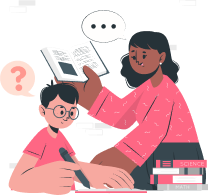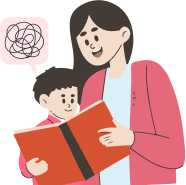As your child steps into the world of reading, letters turn into words, and those words come together to tell fun and exciting stories.
But before they can dive into the pages of their favorite books, they need to build some essential skills. Think of these skills as the building blocks of reading.
In this guide, we will explore the three key areas that lay the foundation for reading readiness: letter recognition, phonemic awareness, and vocabulary development. Plus, we will introduce how FunFox can make this learning adventure even more exciting!
TL;DR
-
Letter Recognition: Helps children identify and name letters, forming the basis for reading and writing.
-
Phonemic Awareness: Enables kids to hear, identify, and manipulate sounds in spoken words, crucial for decoding.
-
Vocabulary Development: Expands a child's word bank, enhancing comprehension and communication skills.
-
FunFox's Role: Offers interactive, personalized activities to strengthen these skills in a playful environment.
Now, let’s take a look at the top 7 reading readiness skills for your little kindergartener.
-
Letter Recognition

Letter recognition is the ability to identify and name the letters of the alphabet. It is a foundational skill for early literacy development and is essential for children as they begin to connect letters with sounds. Recognizing letters allows children to begin reading and writing, as it helps them understand the relationship between letters and words.
Engaging Activities to Reinforce Learning
-
Alphabet Flashcards: Use colorful flashcards with pictures associated with each letter to help children associate the letter with an object they recognize.
-
Letter Hunt: Create a scavenger hunt where children search for specific letters around the house or classroom.
-
Letter Collage: Have kids create a collage of pictures starting with a particular letter. This reinforces letter recognition through visual associations.
Techniques for Introducing Letters
-
Introduce One Letter at a Time: Focus on one letter per week, emphasizing its shape, sound, and a word associated with it.
-
Hands-On Learning: Use materials like playdough to form the shape of letters or magnetic letters on a board to help children physically manipulate the letter shapes.
-
Incorporate Songs and Rhymes: Use songs that emphasize letter names and sounds, such as the classic "ABC Song."
Now that we have covered letter recognition, let's check out phonemic awareness, a skill that helps children hear and manipulate the sounds in words.
2. Phonemic Awareness
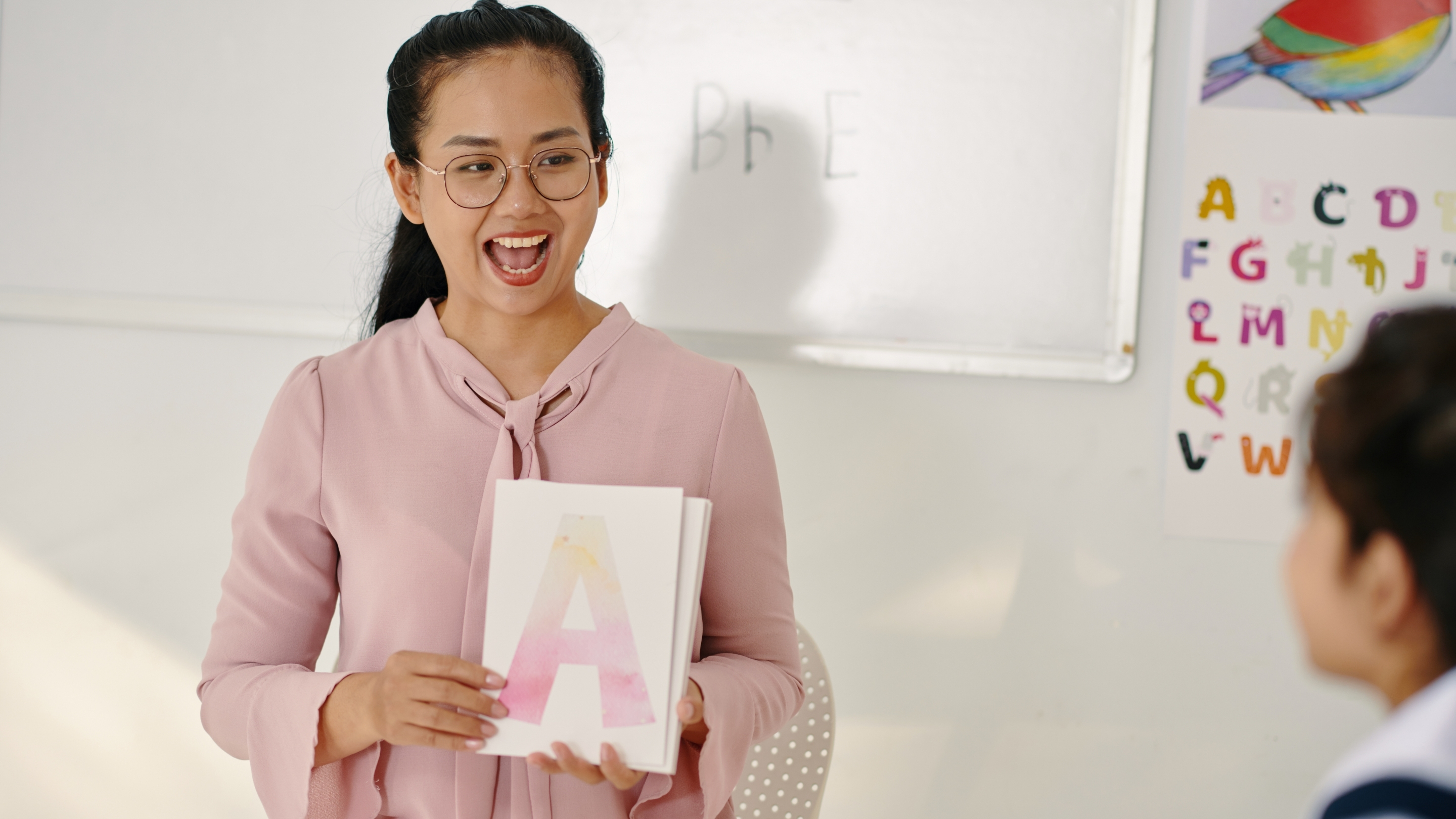
Phonemic awareness is the capability to hear, identify, and manipulate individual sounds (phonemes) in spoken words. It's crucial for reading development because it teaches children how sounds work together to form words. Phonemic awareness helps children decode words while reading, making it one of the most important skills in early literacy.
Engaging Activities to Reinforce Learning
-
Rhyming Games: Say a word and ask the child to come up with as many rhyming words as possible. For example, "cat," "bat," and "hat."
-
Sound Sorting: Provide a collection of objects or pictures, and ask the child to sort them based on their beginning sounds (e.g., "b" for ball, bat, and bus).
-
Clapping Sounds: Clap out the syllables or sounds in words to help children break down and recognize the individual phonemes in words.
Techniques for Introducing Phonemic Awareness
-
Sound Isolation: Start by asking children to identify the first, middle, and last sound in words.
-
Blending and Segmenting: Teach children to blend individual sounds together to form words (e.g., “c-a-t” to make "cat"). Also, teach them how to segment words into individual sounds.
-
Interactive Activities: Use games and apps that highlight the sounds in words to make learning phonemic awareness more engaging.
Also Read: Understanding Phonological Awareness and Development
After learning about phonemic awareness, it is time to explore how phonics connects letters to sounds to boost reading skills.
3. Connecting Letters to Sounds (Phonics)
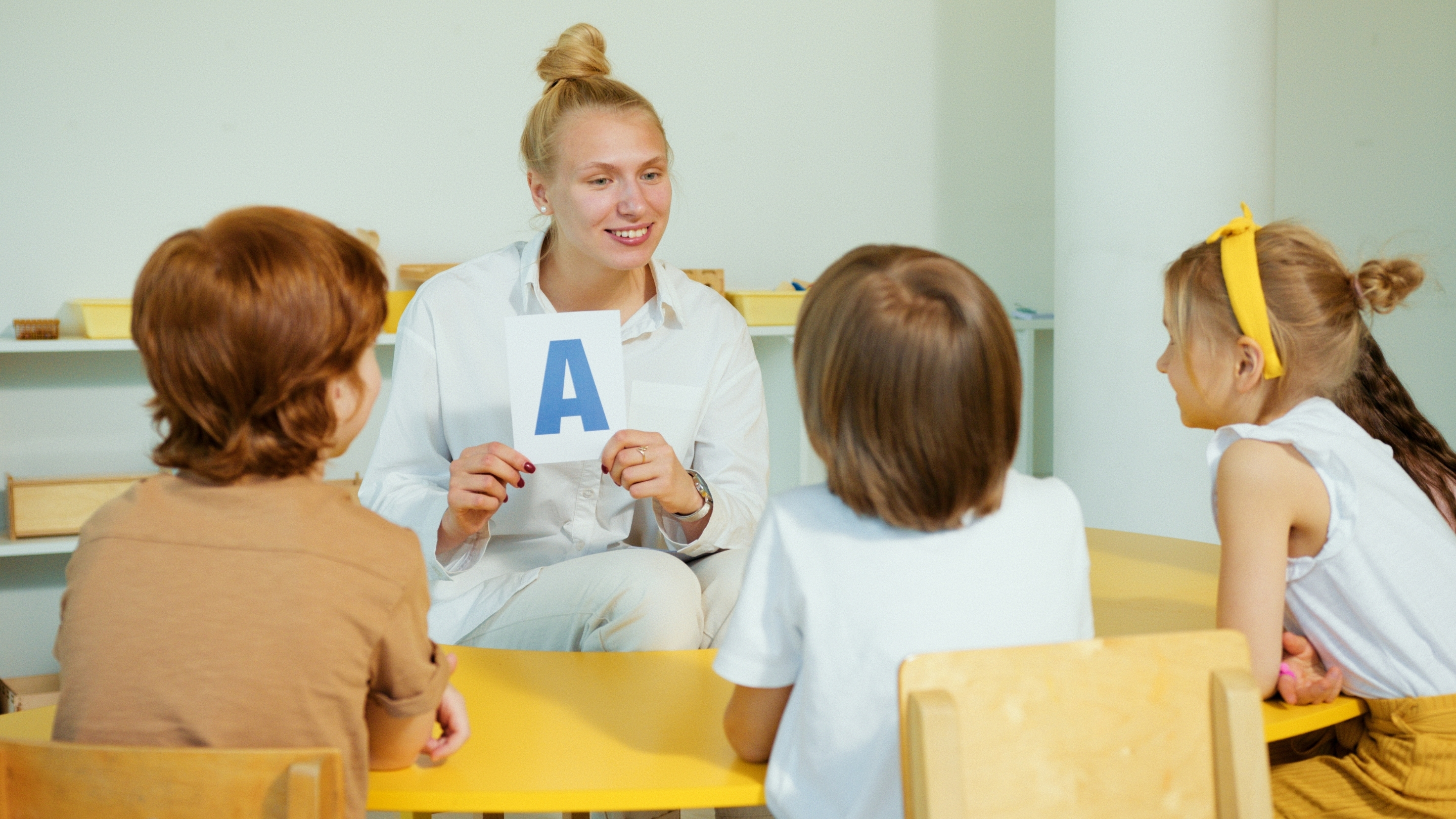
Phonics is the relationship between letters and their corresponding sounds. Teaching phonics helps children decode new words, which is a critical step in becoming proficient readers.
Engaging Activities to Reinforce Learning
-
Phonics Songs: Use songs and chants that repeat sounds and letters, making it easier for children to remember the connections.
-
Letter-Sound Matching: Have children match letters to pictures that begin with those sounds, such as "B" for "ball" and "C" for "cat."
-
Phonics Puzzles: Use puzzles where children can match letters with corresponding sounds or words.
Techniques for Introducing Phonics
-
Start with Simple Consonants and Vowels: Begin by teaching the sounds of the most common consonants (e.g., "b," "m," "s") and short vowels (e.g., "a," "e," "i").
-
Use Simple Words: Teach basic three-letter words (e.g., cat, dog, map) to build confidence in decoding.
-
Blend Sounds Together: Focus on blending sounds (e.g., /c/ /a/ /t/ to make "cat") as a way to help children decode unfamiliar words.
Also Read: Understanding Text and Reading Strategies
With phonics in place, it's time to expand your child's skills by building their vocabulary, a key component for comprehension.
4. Oral Language and Vocabulary Development
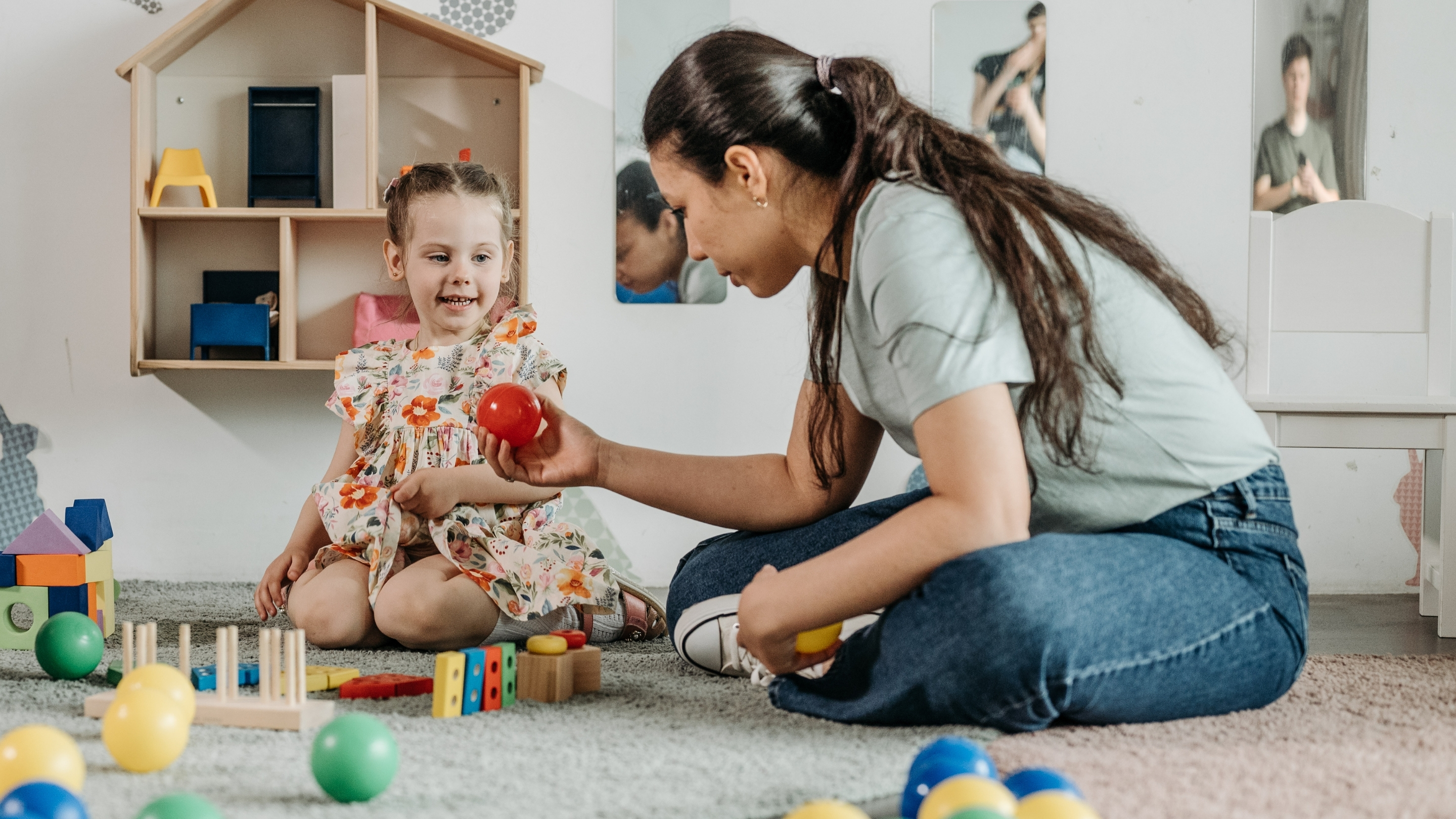
Oral language skills form the foundation for reading and writing. Building a strong vocabulary allows children to express themselves more clearly and comprehend what they read.
Engaging Activities to Reinforce Learning
-
Storytelling: Encourage children to tell stories about their day or imaginary adventures, helping them use a wider range of vocabulary.
-
Word Games: Play games like "I Spy" with words or flashcard games to introduce new words in a fun and interactive way.
-
Read Aloud Together: Reading aloud exposes children to new vocabulary, giving them a better understanding of how words are used in different contexts.
Techniques for Introducing Vocabulary
-
Model New Words: Use rich, descriptive language when talking to children and explain unfamiliar words when reading together.
-
Use Picture Books: Picture books can help children make connections between new words and visuals, making them more likely to remember the words.
-
Repetition and Practice: Encourage children to use new words in different sentences and contexts to reinforce their understanding.
Now that we have tackled vocabulary, let's improve your child's listening comprehension, which plays a vital role in their overall language development.
5. Listening Comprehension

The ability to understand and interpret spoken language constitutes listening comprehension. It’s an essential skill that allows children to make sense of stories, instructions, and conversations. Strong listening comprehension supports reading comprehension, as children need to understand spoken words before they can decode them into written form.
Engaging Activities to Reinforce Learning
-
Story Retelling: After reading a story, ask children to retell it in their own words, focusing on key details and the main idea.
-
Listening for Details: Read a short passage and ask questions about specific details (e.g., “What color was the car?”).
-
Follow the Leader: Play games where children must follow verbal instructions (e.g., “Touch your nose, then your toes”).
Techniques for Introducing Listening Comprehension
-
Ask Questions: Ask questions, while reading, that help children focus on the main ideas and details.
-
Use Short, Clear Instructions: Give clear and simple directions that help children focus on key information.
-
Practice Active Listening: Encourage children to listen carefully and respond to what they hear, which helps improve comprehension.
Also Read: Reading Comprehension Games and Activities for Students
Once they have mastered listening, it’s time to make reading fun and enjoyable, which is the focus of the next section.
6. Enjoyment and Engagement with Books
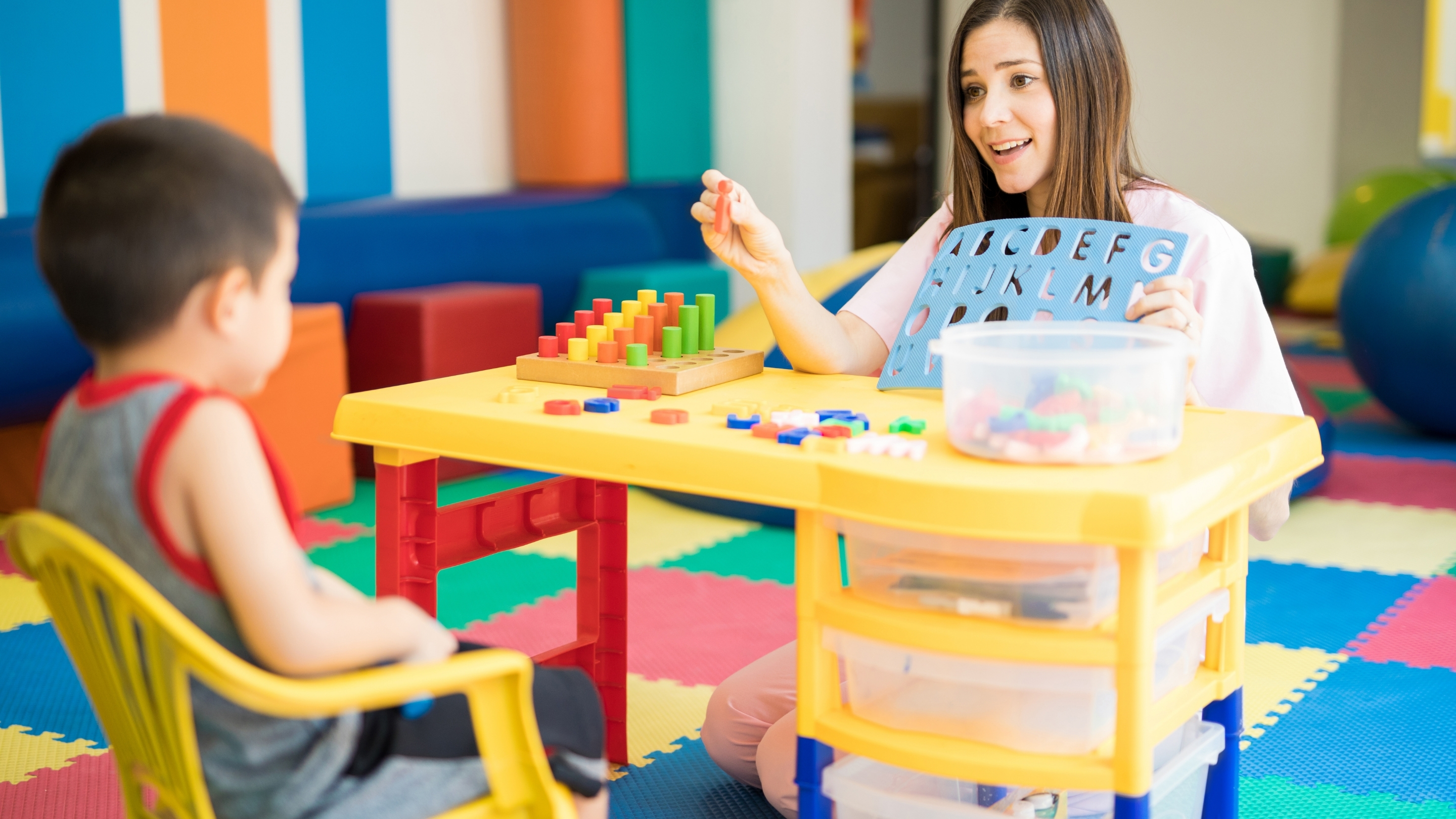
Instilling a love of books is one of the most important steps in fostering a lifelong reader. When children enjoy reading, they are more motivated to engage with books and develop their literacy skills. Reading should feel fun, not like a chore.
Engaging Activities to Reinforce Learning
-
Reading Aloud with Expression: Read stories with enthusiasm and expression to captivate children’s attention and make the story come alive.
-
Interactive Reading: Ask questions during the reading process, prompting children to predict what might happen next or to discuss characters’ actions.
-
Create Story-based Crafts: After reading a story, have children create crafts or drawings related to the characters or plot.
Techniques for Introducing Books
-
Start with Picture Books: Begin with books that are visually engaging and have simple, repetitive text.
-
Make Reading a Routine: Set aside a specific time each day for reading to build excitement and consistency.
-
Explore Different Genres: Introduce children to a variety of genres, from adventure to fantasy, to keep reading exciting and new.
Up next, let’s check out one more important reading readiness skill for your little one.
7. Visual Literacy and Use of Illustrations
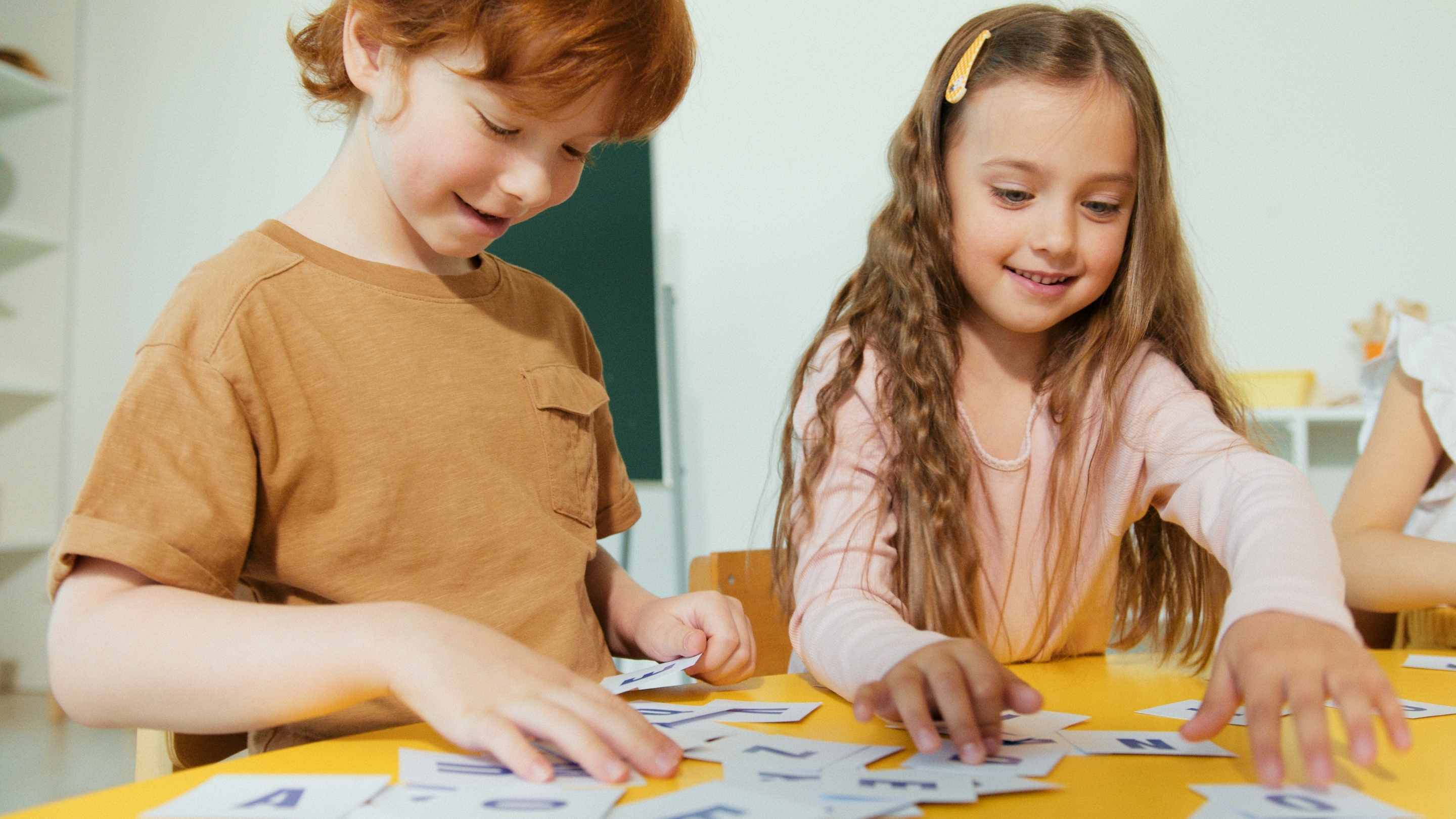
Visual literacy is the ability to interpret and make meaning from images. In the context of early literacy, illustrations in books help children understand the plot and characters, providing visual clues that enhance reading comprehension.
Engaging Activities to Reinforce Learning
-
Look and Tell: Ask children to describe what’s happening in the illustrations before reading the text, encouraging them to make predictions about the story.
-
Illustration Matching: Match illustrations to the corresponding text or sentences in the book to reinforce comprehension.
-
Create Illustrations: After reading a story, encourage children to draw scenes or characters from the story to reinforce their understanding.
Techniques for Introducing Visual Literacy
-
Discuss Illustrations Before Reading: Encourage children to talk about the pictures before reading the story to stimulate curiosity.
-
Explore Wordless Books: Use wordless picture books to help children create their own stories based on the illustrations.
How FunFox Makes Reading Readiness Fun

FunFox is more than just an educational platform. At FunFox, we understand that every child reads and learns differently. That's why our Readers Club program is designed to cater to individual needs and learning styles.
Here's how FunFox stands out:
-
Interactive Lessons: Engaging activities that capture children's attention and make learning enjoyable.
-
Personalized Learning: Tailored lessons that adapt to your child's learning pace and style.
-
Comprehensive Curriculum: Covers all aspects of reading readiness, from letter recognition to vocabulary development.
-
Progress Tracking: Monitors your child's progress and provides feedback to guide their learning.
By integrating FunFox into your child's learning routine, you can provide them with the tools they need to become confident readers.
Conclusion
Reading readiness is the foundation upon which your child's reading skills are built. By focusing on letter recognition, phonemic awareness, and vocabulary development, you can set your child up for success.
FunFox offers a dynamic and engaging way to enhance these skills, making learning to read an exciting adventure.
FunFox is here to support your child's reading journey with personalized, interactive lessons. With small-group sessions and expert educators, we create an engaging learning environment where your child’s literacy skills can flourish.
FAQs
1. At what age should my child start learning to read?
Children can begin developing reading readiness skills as early as age 3. By kindergarten, they should be familiar with letters, sounds, and basic vocabulary.
2. How can I tell if my child is ready to start reading?
Signs of reading readiness include recognizing letters, understanding that print carries meaning, and showing interest in books and stories.
3. Are there any online resources to help with reading readiness?
Yes, platforms like FunFox offer interactive lessons and activities to support reading readiness skills.
4. How can I support my child's reading development at home?
Read aloud together, play rhyming games, and engage in activities that promote letter and sound recognition.
5. What if my child struggles with reading readiness?
It's important to be patient and provide consistent practice. If concerns persist, consider consulting an educational professional for guidance.








